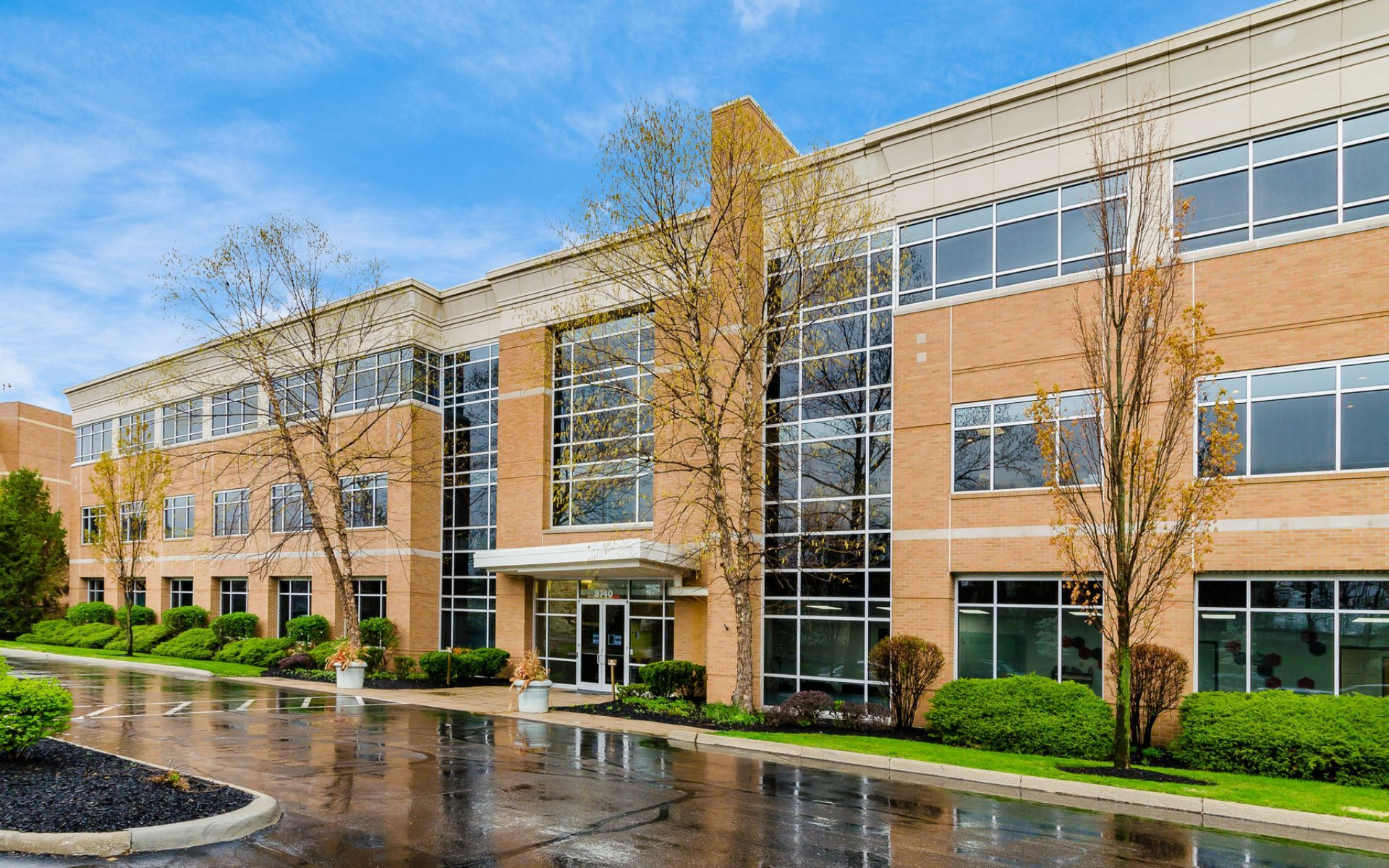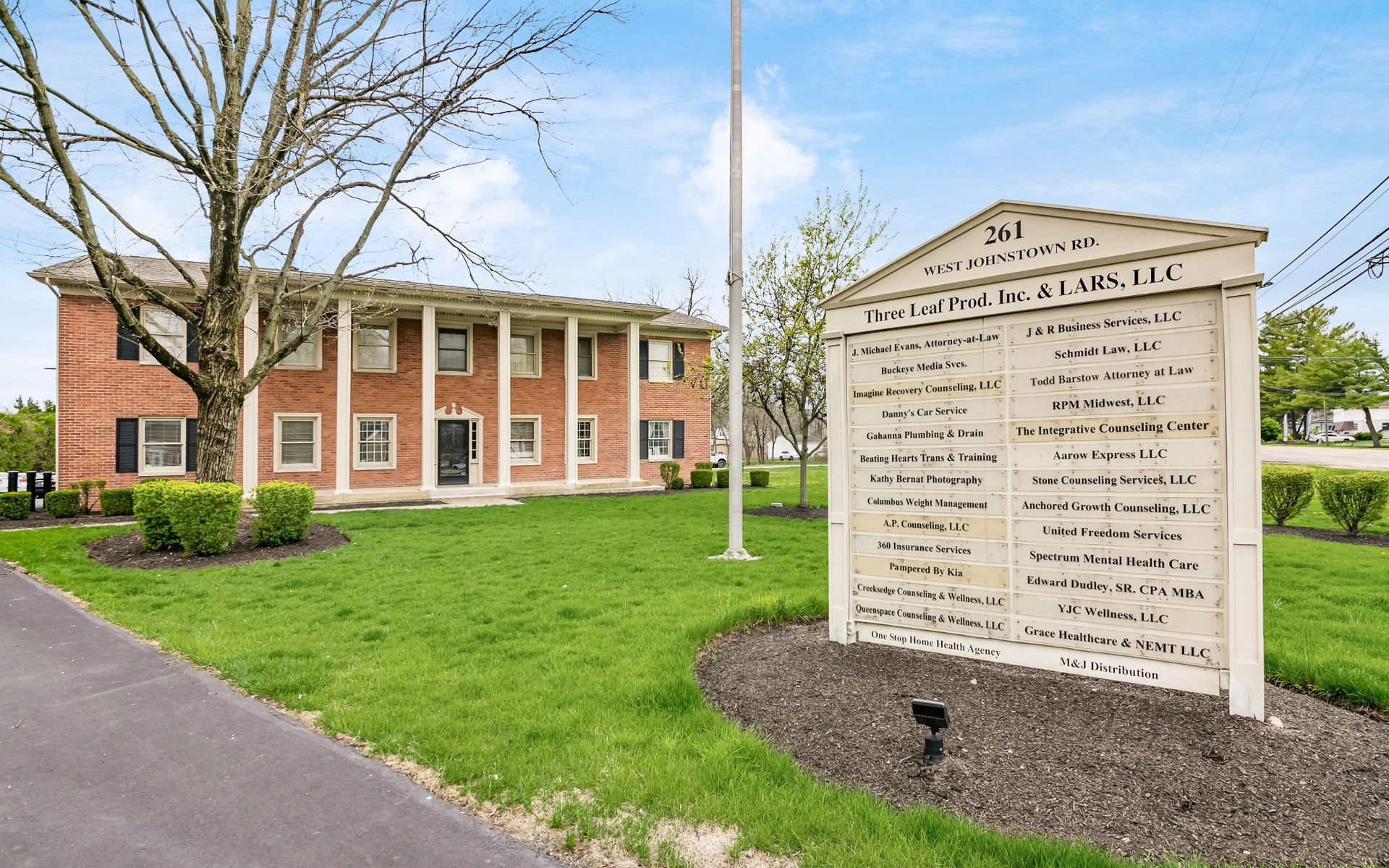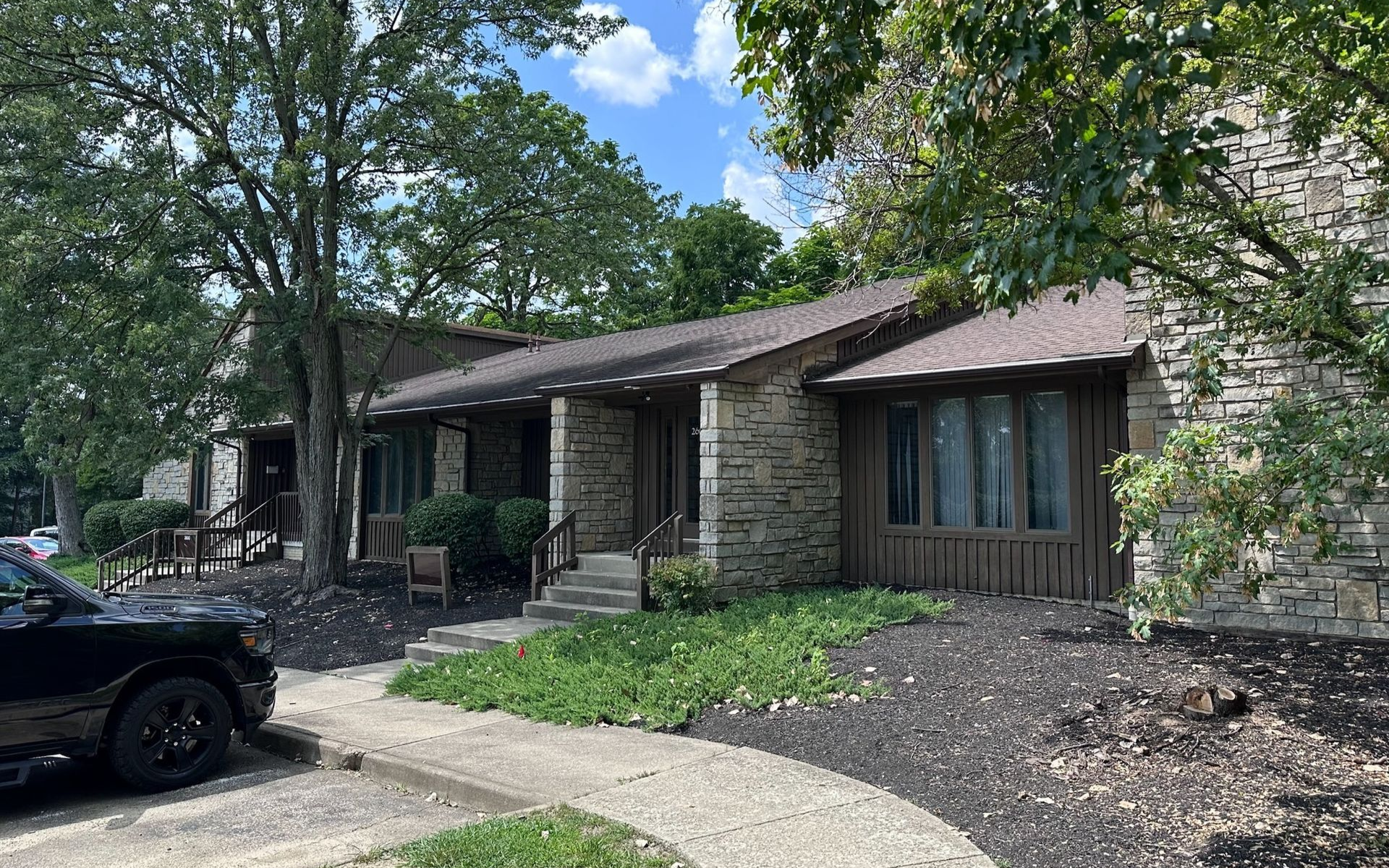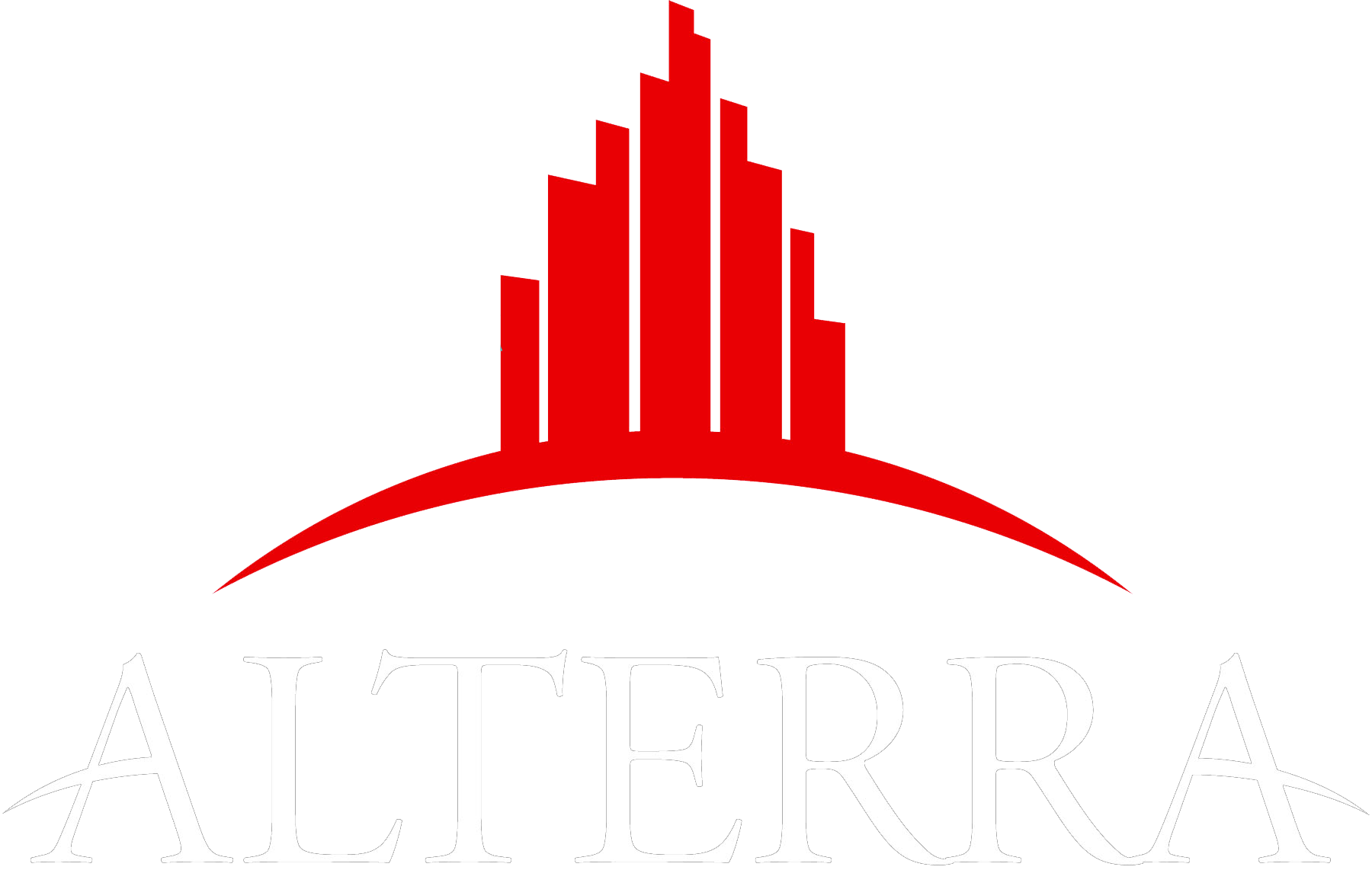How Property Managers Successfully Handle Units
In the dynamic real estate sector, property managers play a crucial role in ensuring the seamless operation of rental units. This article delves into the strategies and methods employed by successful property managers to handle units effectively. Comprehensive management combines tenant management, maintenance, financial acumen, legal compliance, marketing, and technology integration. Each of these domains is integral to creating an optimal environment for both tenants and property owners. Understanding and executing these functions ensures properties are well-maintained, financially viable, and legally sound.
Understanding Tenant Management
A. Building Strong Relationships
Establishing strong relationships with tenants is foundational for effective property management. Tenants who feel valued and respected are more likely to reciprocate with respect and care for the property. Successful property managers frequently communicate with tenants, ensuring their concerns are addressed promptly. Engaging tenants in open dialogue fosters trust and strengthens the landlord-tenant relationship. Additionally, relationship building can lead to increased tenant retention, which is beneficial for stabilizing rental income.
B. Effective Communication Strategies
Effective communication is a vital component in understanding tenant needs and expectations. Property managers need to create clear channels of communication, be it through emails, tenant portals, or direct calls, to foster transparency. Regular updates about property-related matters, such as maintenance schedules or policy changes, keeps tenants informed and engaged. Managers should also be proactive in reaching out to address potential issues before they escalate. By employing these strategies, property managers can preemptively resolve conflicts, fostering harmonious living conditions.
C. Handling Tenant Complaints
Tenant complaints are an inevitable aspect of property management, requiring timely and tactful resolution. Property managers aim to address these grievances with patience and empathy, recognizing the tenant's perspective. An efficient complaint-resolution process often involves identifying the root cause, providing updates, and arriving at a satisfactory solution for both parties. Building a reputation for resolving issues effectively can significantly enhance tenant satisfaction and retention. Furthermore, resolving complaints promptly helps avert more significant problems, maintaining the property's reputation.
D. Screening and Selecting Tenants
Screening and selecting tenants is a critical process that influences the quality of tenancy and the property's overall condition. Effective screening procedures include reviewing credit histories, conducting background checks, and verifying employment status. Property managers look for tenants who not only meet financial criteria but are also likely to respect the property. A well-structured tenant selection process not only minimizes risks like late payments but also fosters a community atmosphere. Proper selection ensures that problematic tenants are kept at bay, protecting both property owners and existing tenants.
E. Managing Lease Agreements
Lease agreements are legally binding documents that define the terms of tenancy, requiring careful management by property managers. Managers must ensure that these agreements comply with local laws and regulations and clearly outline the rights and responsibilities of both parties. Regularly reviewing and updating lease agreements is crucial as legal standards and tenant circumstances evolve. Providing tenants with a straightforward explanation of the lease terms enhances understanding and prevents potential disputes. When managed correctly, lease agreements are protective mechanisms for both property managers and tenants alike.
Maintenance and Repairs
A. Regular Maintenance Scheduling
Regular maintenance scheduling preserves the property's condition and prevents minor issues from becoming costly repairs. Property managers develop comprehensive maintenance plans that cover HVAC systems, plumbing, and electrical infrastructure. Implementing a proactive approach, they schedule regular inspections and routine maintenance tasks, ensuring the property's longevity and safety. Regular maintenance not only minimizes emergency repairs but also boosts tenant satisfaction and retention. By keeping tenants well-informed of maintenance schedules, managers maintain transparency and foster good relationships.
B. Emergency Repair Protocols
Emergency repair protocols are essential to address urgent issues that arise unexpectedly. Property managers must develop and employ quick-response strategies for issues such as plumbing leaks, heating failures, or electrical hazards. A reliable network of contractors and in-house maintenance staff ensures that emergency repairs are thoroughly executed in a timely manner. Prompt handling of emergencies minimizes inconvenience to tenants and prevents property damage. Furthermore, such protocols reassure tenants of their safety and comfort, improving overall satisfaction.
C. Choosing Reliable Contractors
Choosing reliable contractors who deliver quality handiwork is vital for routine and emergency property repairs. Property managers rely on trusted local vendors with proven track records of meeting deadlines and budget constraints. Establishing long-term relationships with contractors who offer favorable rates and terms is mutually beneficial for cost-effective maintenance. Regular evaluation of contractors' work ensures accountability and high standards. Employing reliable contractors not only secures property value but also provides peace of mind for both tenants and property managers.
D. Maintaining Property Value
Maintaining property value requires consistent investment in the upkeep and modernization of the property. Property managers ensure that communal spaces, landscaping, and building infrastructure are well-maintained to attract and retain tenants. Implementing energy-efficient solutions and enhancing security measures can also increase the overall attractiveness and market value of properties. Regularly updated amenities add significant value and appeal to prospective tenants. A well-maintained property stands out in a competitive market, providing a steady rental income stream.
E. Budgeting for Repairs
Budgeting for repairs necessitates foresight and planning to ensure costs don't spiral out of control. Property managers typically allocate a portion of their annual budget to repair and maintenance, taking into account unforeseen emergencies. Accurate financial forecasting and preventative measures enable managers to minimize unexpected expenditures. Setting aside reserve funds specifically for major capital improvements is prudent financial planning. By clearly budgeting repairs and replacements, managers maintain the financial health of the property investment.
Financial Management
A. Rent Collection Strategies
Rent collection is a key financial task that sustains the revenue flow of property management operations. Property managers employ diverse strategies such as automated payment systems and early payment incentives to ensure timely collections. Clear communication of payment expectations and late fees helps mitigate payment delays. Rent collection efficiency can directly impact the financial viability of a property management operation. According to Doorloop, about 35% of property managers handle between 101 and 500 units.
B. Managing Operating Expenses
Managing operating expenses necessitates comprehensive oversight and control to maintain profitability. Property managers meticulously track expenditures on utilities, maintenance, and staffing to identify cost-saving opportunities. Regular audits and evaluations of service contracts ensure competitive pricing and value for money. Managers also implement cost-saving sustainability measures such as energy-efficient appliances and recycling programs. Balancing quality service delivery with cost management is crucial for maintaining tenant satisfaction and the bottom line.
C. Financial Reporting and Analysis
Financial reporting and analysis provide critical insights into operational performance and financial health. Property managers generate monthly financial statements that detail income, expenses, and net revenue. Advanced analytics help identify trends and variances, allowing managers to make data-driven decisions for optimizing operations. Transparency in financial reporting also builds trust with property owners, who rely on accurate data for strategic planning. Effective financial analysis reassures stakeholders of the financial stewardship and sustainability of property management services.
D. Setting and Adjusting Rental Rates
Setting and adjusting rental rates is a strategic task that balances market demand with competitive positioning. Property managers conduct comprehensive market analysis to align rental rates with comparable properties in the area. Rental rate adjustments reflect changes in market conditions, property upgrades, and tenant demand. Competitive pricing attracts quality tenants and maximizes occupancy rates, stabilizing rental revenues. A strategic approach to rental rates ensures the long-term viability of property management endeavors.
Successfully handling property units requires a multifaceted approach encompassing effective tenant management, regular maintenance, sound financial practices, legal compliance, strategic marketing, and the integration of advanced technologies. Property managers must be adept at employing diverse strategies, from building strong tenant relationships to leveraging technology, to optimize operations. It is this combination of skills and adaptability that assures the long-term success and sustainability of property management endeavors. Be sure to reach out to Alterra Real Estate Advisors today for more information on our professional commercial real estate services!












Share On: